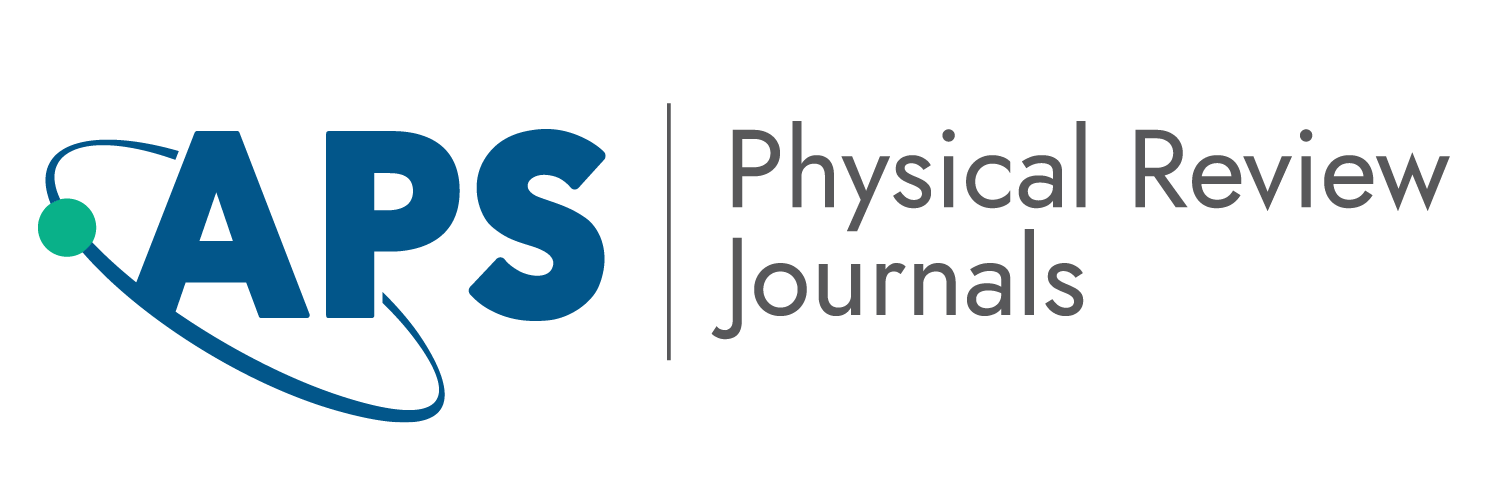Dear Colleague,
Optically active spin defects hosted in hexagonal boron nitride (h-BN) are promising candidates for the development of a two-dimensional quantum sensing unit.
Researchers Tristan Clua-Provost, Aurore Finco, and Vincent Jacques from Laboratoire Charles Coulomb, Université de Montpellier, and CNRS along with collaborators demonstrated quantitative magnetic imaging with h-BN flakes doped with negatively charged boron-vacancy centers through neutron irradiation. Their experiment and results were recently published in Physical Review Applied.
Compared to other quantum sensors embedded in 3D materials, the advantages of the h-BN-based magnetic sensor are its ease of use, high flexibility, and, more importantly, its ability to be placed in close proximity to a target sample. Such a sensing unit will likely find numerous applications in 2D materials research by offering a simple way to probe the physics of van der Waals heterostructures.
Tristan Clua-Provost, Aurore Finco, and Vincent Jacques will sit down with the Physical Review Journal Club to discuss these results. The team will provide a short presentation of their experiment and then answer all attendee questions in a live session moderated by Chunhui (Rita) Du, Georgia Institute of Technology.
Registration is free and a video recording will be provided to all registrants. Please feel free to share this invitation with your institution and colleagues.
When:
Monday, November 20, 2023
10:00 - 11:00 a.m. ET
The paper under discussion:
Magnetic Imaging with Spin Defects in Hexagonal Boron Nitride
P. Kumar, F. Fabre, A. Durand, T. Clua-Provost, J. Li, J.H. Edgar, N. Rougemaille, J. Coraux, X. Marie, P. Renucci, C. Robert, I. Robert-Philip, B. Gil, G. Cassabois, A. Finco, and V. Jacques
Phys. Rev. Applied 18, L061002 | The session will be moderated by:
Chunhui (Rita) Du, Georgia Institute of Technology
The Physical Review Journal Club events are live, interactive events allowing early-career scientists to discuss the latest published advances in physics with leaders in the field. There will be a short presentation, followed by an interactive session where the participating author will answer your questions. This is a rare opportunity to engage with the authors of important research developments in an "Ask Me Anything" format. During this interactive portion of the Journal Club, participants will be allowed to have their camera and microphone on and are encouraged to join in open discussion with the presenters. | | | |


No comments:
Post a Comment